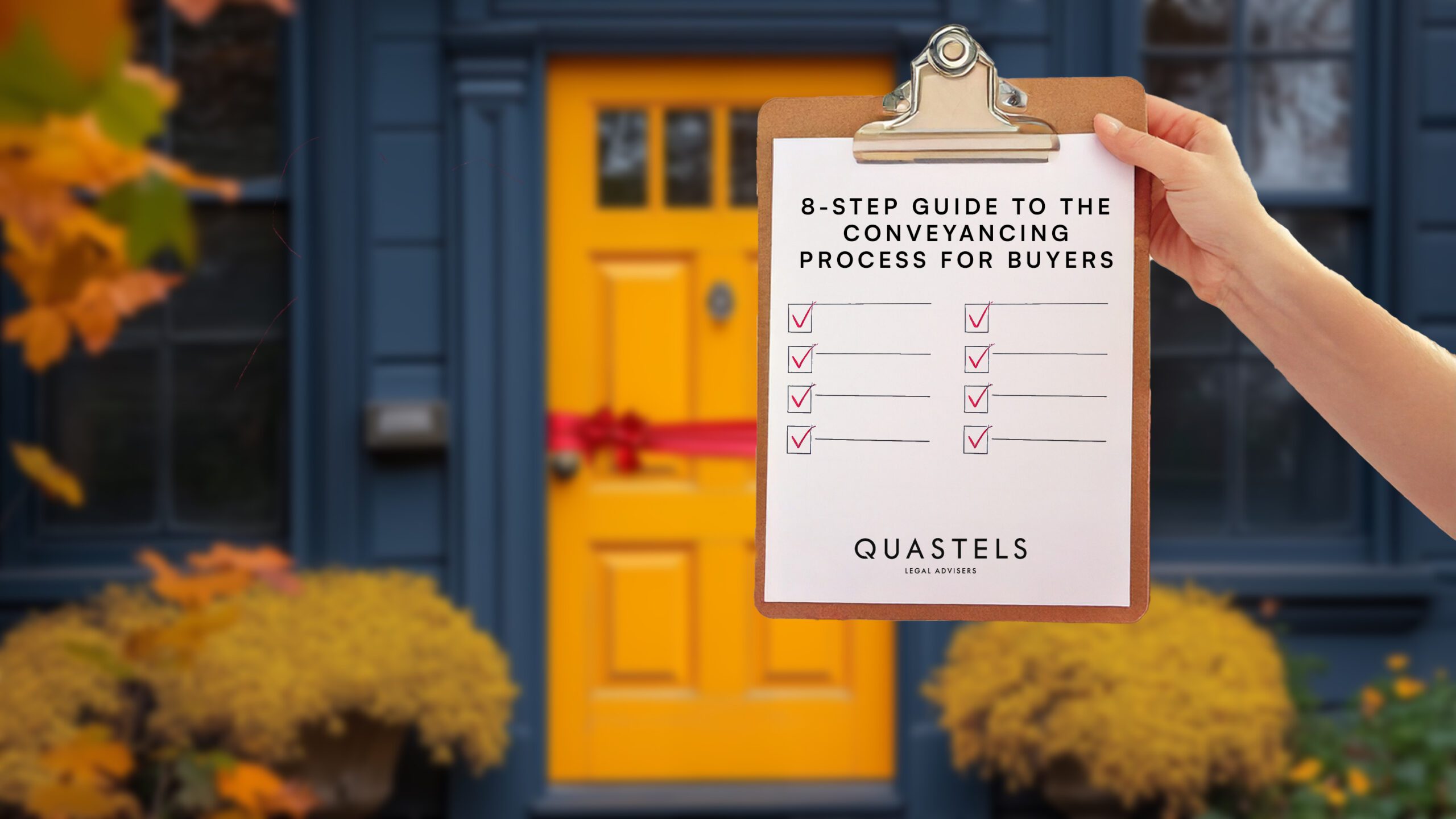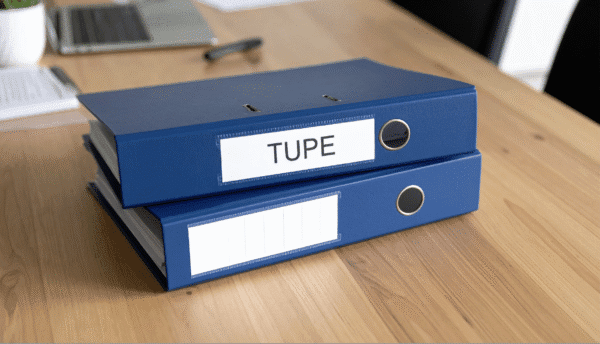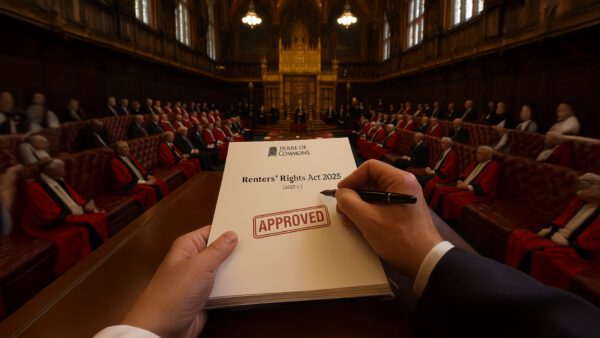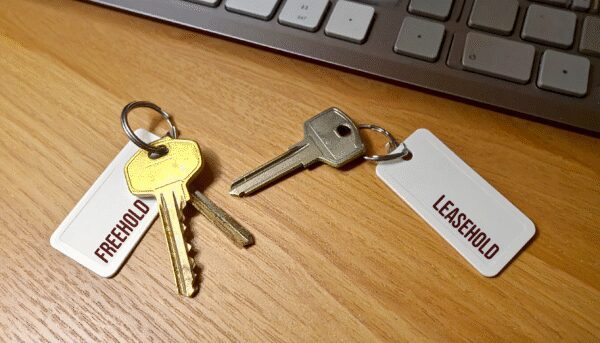For first-time buyers and seasoned property owners, the conveyancing process can be rather daunting and complex. This 8-step guide to the conveyancing process explains the key steps of purchasing a property, from instructing a solicitor, through to completion.
Step 1: Instructing a Solicitor
a) Once your offer has been accepted on a property, your first step is to instruct a property solicitor. Choosing the right solicitor is essential for a smooth, stress-free transaction.
b) When making your decision, you may wish to consider several factors such as online reviews, whether the solicitor is fully qualified, and if the firm is on your mortgage lender’s panel. It can also be beneficial to choose a local firm familiar with the area’s property market.
c) Capacity, timescales, and whether the solicitor is part of the Law Society Conveyancing Quality Scheme (CQS) are also important considerations. CQS accreditation demonstrates a firm’s ability to provide residential conveyancing advice to the standards expected by clients, lenders, and the residential conveyancing community. At Quastels, we are proud to have secured membership to the Law Society’s Conveyancing Quality Scheme.
d) Once you have chosen your solicitor, the firm will provide you with a cost estimate. Upon agreement, you will receive a confirmation letter along with documents to sign, officially instructing them to begin the legal process. Your solicitor will request identification documents, proof of funds, and money on account to cover third-party disbursements such as property searches.
Step 2: Arranging a Mortgage (if required)
a) If you require a mortgage, you should apply for this once your offer is accepted.
b) You can arrange this directly with a bank, building society, or through a mortgage broker. Many buyers opt for a broker to help streamline the process by comparing options across the market.
c) Once you receive your mortgage offer, you must provide a copy to your solicitor so they can ensure all lender requirements are satisfied.
Step 3: Property Survey
a) When purchasing a property, the principle of “buyer beware” applies. This means that you are responsible for identifying any potential issues with the property’s condition. A solicitor cannot advise on the physical aspects of the property, as they do not physically inspect the property.
b) A survey is not mandatory, but it can provide valuable insight into the property’s condition. Surveys range in cost from around £350 to £2,000 and typically take between two and four weeks.
c) Conducted by a professional chartered surveyor, a survey highlights structural issues or necessary repairs. If any concerns arise, you may wish to obtain specialist quotes for repairs and use this information to renegotiate the purchase price if necessary. For example, if the property needs an electrical rewire which is going to coast £4,000, you may wish to consider asking the seller to reduce the price of the property accordingly.
Step 4: Property Searches
Property searches are enquiries with public authorities to give you more information about the property you intend to buy. A variety of searches may be required, but the mandatory searches you must obtain if you require a mortgage include:
- Local Authority Search– Provides details about planning permissions, building regulations, conservation areas, road access, and any enforcement notices affecting the property.
- Environmental Search– Reveals environmental risks such as flooding, ground subsidence, contamination, energy, and nearby infrastructure projects.
- Water and Drainage Search– Confirms whether the property is connected to mains water and drainage.
Step 5: Preparing for Exchange of Contracts
a) Once your solicitor receives your search results, survey, mortgage offer, and all relevant sale documents from the seller, they will prepare a ‘Report on Title.’ This report summarises the key legal details of the property, the contract, the lease (if applicable), and the search results. Your solicitor will highlight any areas of concern.
b) Once you are satisfied with the report, you will be asked to sign the contract and transfer the deposit, which is typically 10% of the purchase price unless otherwise agreed.
c) Both you and the seller will agree on a completion date.
Step 6: Exchange of Contracts
a) Your solicitor will proceed to exchange of contracts, once they hold your 10% deposit, signed contract, mortgage offer (if applicable) and instructions from you to proceed.
b) On exchange of contracts, the completion date is agreed and the contract becomes legally binding.
c) Your solicitor will request the mortgage advance (if applicable) in good time for completion.
d) Your solicitor will prepare a final completion statement and invoice showing the total funds required for completion, including Stamp Duty Land Tax, legal fees, Land Registry fees, and the balance of the purchase price.
Step 7: Completion
a) On the completion date, your solicitor will transfer the purchase funds to the seller’s solicitor.
b) The seller’s solicitor will then redeem any outstanding mortgage, pay the estate agent and their own legal fees, and transfer the balance to the seller.
c) Once funds are received, the seller’s solicitor will authorise the release of the keys, which can be collected from the estate agent.
Step 8: Post-Completion
a) Following completion, your solicitor will submit an application to the Land Registry to register the property in your name.
b) Once registration is complete, the Land Registry will update the title into your name reflecting your ownership.
c) Your solicitor will also arrange the submission of your Stamp Duty Land Tax payment to HMRC.
d) If the property is leasehold, a Notice of Transfer will be served on the landlord or managing agent to officially update you as the new owner.
If you require conveyancing services, please complete the form below to get in touch with our Residential Real Estate team.









